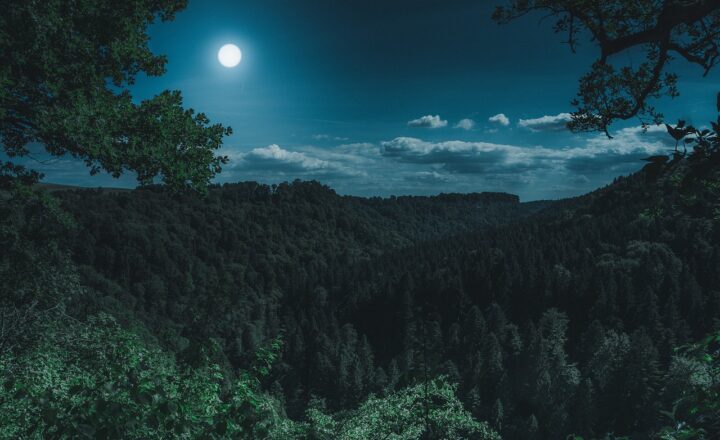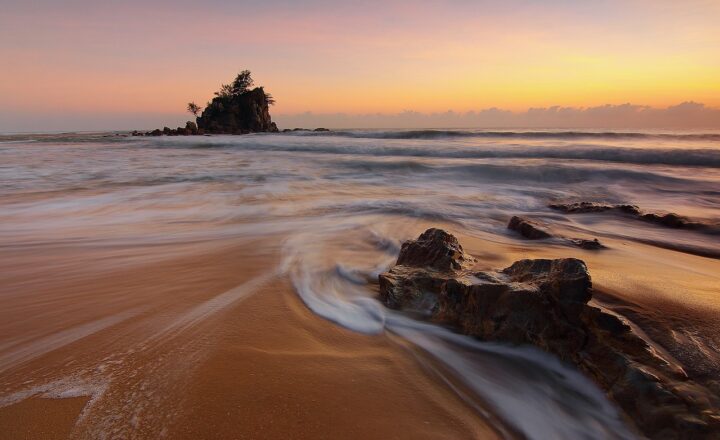Why Some Natural Phenomena Have Inspired Entire Artistic Movements
November 17, 2024

Nature has always been a powerful muse for artists throughout history, serving as a source of inspiration, reflection, and experimentation. From the tranquility of a painted landscape to the chaotic beauty of a storm, natural phenomena have played a pivotal role in the evolution of artistic movements across the globe. In this article, we will explore how various elements of nature have shaped art, inspired cultural shifts, and crafted new artistic avenues.
1. The Influence of Landscape in Impressionism
Impressionism, which emerged in the late 19th century, owes much of its inception to the natural landscape. Artists like Claude Monet, Edgar Degas, and Pierre-Auguste Renoir sought to capture the transient effects of light and color in their surroundings. The movement’s roots in nature can be traced back to the rise of en plein air painting, where artists would take their canvases into the great outdoors to capture a moment in time.
The use of color and brushstroke techniques in Impressionism was greatly influenced by the natural light during different times of the day.
- Monet’s “Impression, Sunrise”: This iconic painting not only gave the Impressionist movement its name but also showcases how light interacts with the water and atmosphere at dawn.
- Renoir’s “Luncheon of the Boating Party”: Set by the Seine River, this painting exemplifies the vibrancy of life and light in a natural setting, illustrating how the surroundings influenced social gatherings and human interaction.
Thus, the Impressionist movement was born from an intimate relationship with nature and its transient beauty, redefining artistic techniques and approaches to perception.
2. The Embrace of Natural Elements in Romanticism
Emerging in the late 18th century, Romanticism celebrated individual expression and the glorification of nature. Artists sought to awaken emotions and create narrative experiences through dramatic landscapes and stormy scenes. This movement was deeply connected to the natural world, using elements of nature as metaphors for the human experience.
Artists like Caspar David Friedrich and J.M.W. Turner used nature to evoke emotional responses and convey the sublime, the complex interplay of beauty and terror.
- Friedrich’s “Wanderer Above the Sea of Fog”: The solitary figure standing atop a rocky precipice represents the existential quest, blending human experience with the vastness of nature around him, inviting viewers to confront the grandeur of existence.
- Turner’s “The Slave Ship”: This tumultuous painting combines nature’s ferocity with human tragedy, using stormy seas and vivid colors to express the violence of the slave trade, thus connecting nature with moral outrage.
Romantic artists illustrated the power of natural phenomena not only through beauty but also by reflecting societal issues, showing how art can be a vehicle for change inspired by the natural world.
3. Nature in Modern Art: Abstract and Conceptual Movements
As art evolved into the 20th century, movements like Abstract Expressionism and Conceptual art continued to draw inspiration from nature. Artists began to explore natural forms and structures through abstraction rather than realism.
- Jackson Pollock’s Drip Paintings: Inspired by the chaotic forces of nature, Pollock’s work reflects the movement of paint across the canvas, mimicking the unpredictable shapes and patterns found in the natural world.
- Robert Smithson’s “Spiral Jetty”: An earthwork located in Utah’s Great Salt Lake, it utilizes natural geological formations to create a monumental piece that interacts with the landscape, highlighting the connection between art and the environment.
These movements showcase how natural phenomena have pushed the boundaries of creativity, inviting artists to reimagine the world around them in innovative ways.
4. Eco-Art: Nature as a Medium for Environmental Awareness
In recent years, Eco-Art has emerged as a powerful movement where artists use natural materials and environments to promote awareness surrounding ecological and environmental issues. Artists like Andy Goldsworthy and Agnes Meyer-Brandis craft their work from the earth itself, emphasizing the beauty and fragility of nature.
- Goldsworthy’s Environmental Works: His temporary installations made from leaves, stones, and water utilize nature’s cycles, serving as visual reminders of nature’s impermanence and urgency for conservation.
- Meyer-Brandis’s “Moon Goose Colony”: This project combines art, science, and environmental activism, inviting participants to engage with the environment and consider the impact of humanity on nature while exploring concepts of sustainability.
Through these projects, Eco-Art forges a direct connection between art and environmental consciousness, highlighting nature’s critical role in our lives and the need for respect and awareness towards it.
5. Conclusion: Nature as Infinite Inspiration
Throughout various artistic movements, the role of natural phenomena has remained pivotal, providing not only inspiration but also serving as a profound commentary on human existence. From the tranquil landscapes of Impressionism to the urgent messages found in Eco-Art, artists have continuously explored the complex interplay between humanity and nature.
As we reflect on the ways natural phenomena have influenced artistic movements, we gain a deeper understanding of our connection to the environment, awakening a sense of awareness and responsibility as stewards of the natural world. The pursuit of artistic expression, deeply rooted in the love for nature, will undoubtedly continue to inspire future generations of creators.
In traversing the historical landscape of art, we see that through the lens of nature, we not only grasp beauty but also confront some of the larger questions about who we are and how we exist in this ever-evolving world.







